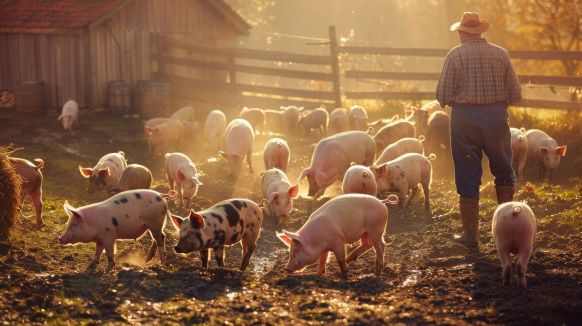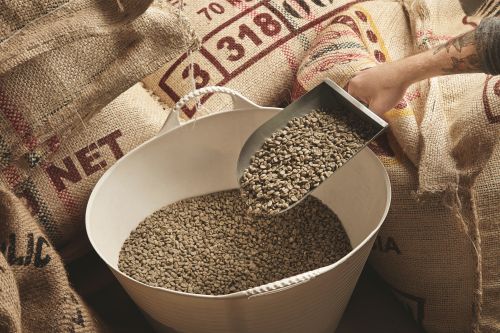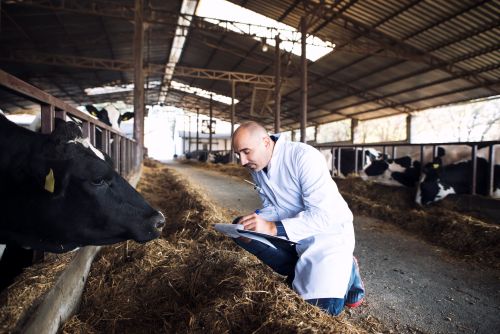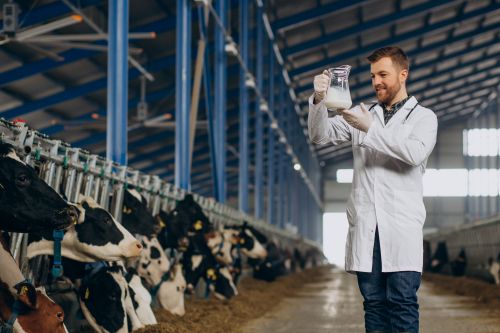
The fragmentation of pig farms in Romania limits the sector’s competitiveness. Of the approximately 3.3 million heads in 2024, over 60% are raised in small and medium-sized farms, which cannot compete with large integrated operations. This situation leads to high costs and dependence on imports, which cover 40% of domestic consumption.
Farmer associations can bring major benefits. Through cooperatives and producer groups, small farms can negotiate better feed prices, access European funding, and develop shared slaughterhouses. Examples from Denmark show that over 90% of pork production comes from cooperatives, giving them a significant competitive advantage.
In Romania, only 8% of pig farms are involved in some form of association. The live pig price of 8.5 lei/kg does not provide sufficient margins for individual farms. By joining forces, these farms can achieve economies of scale and access external markets, where prices are more favorable.
Experts estimate that by expanding associations, national production could increase by 15% by 2030, while reliance on imports would decrease considerably. Association is no longer an option, but a necessity for the survival of the Romanian pig sector.
(Photo: Freepik)




